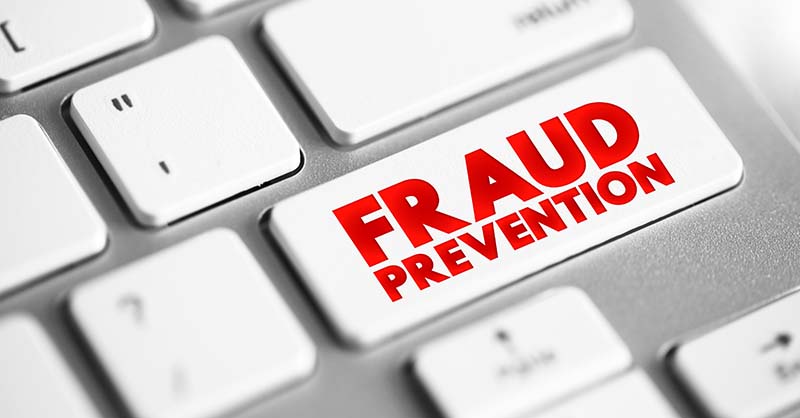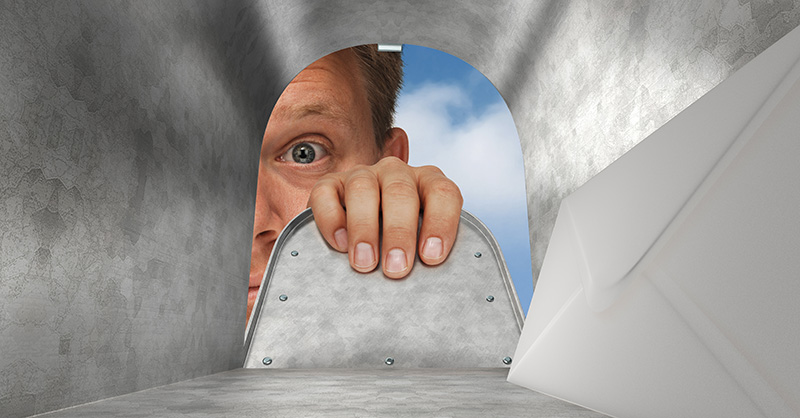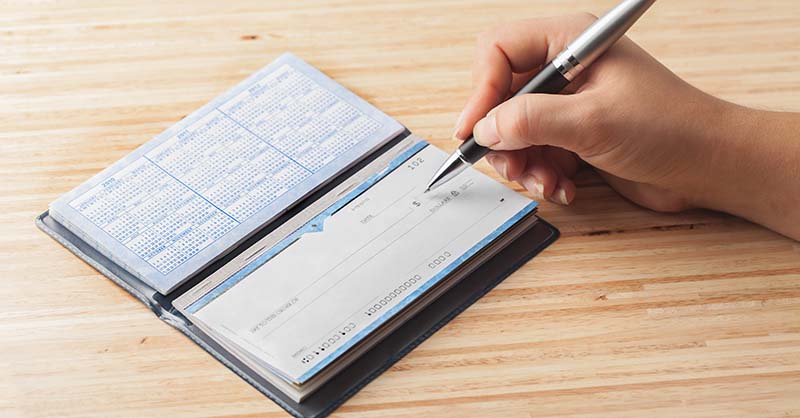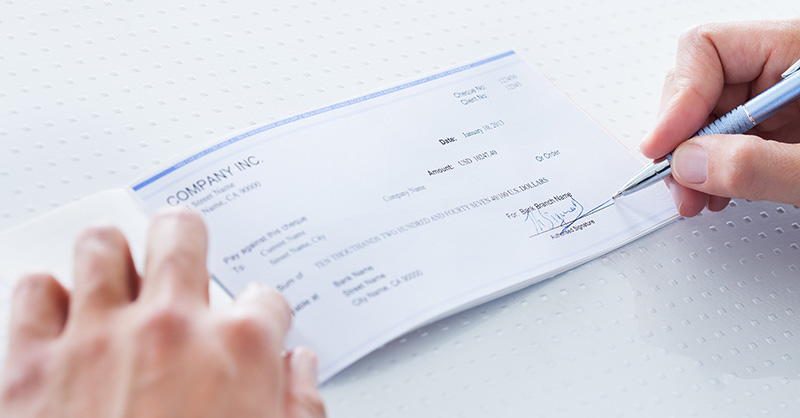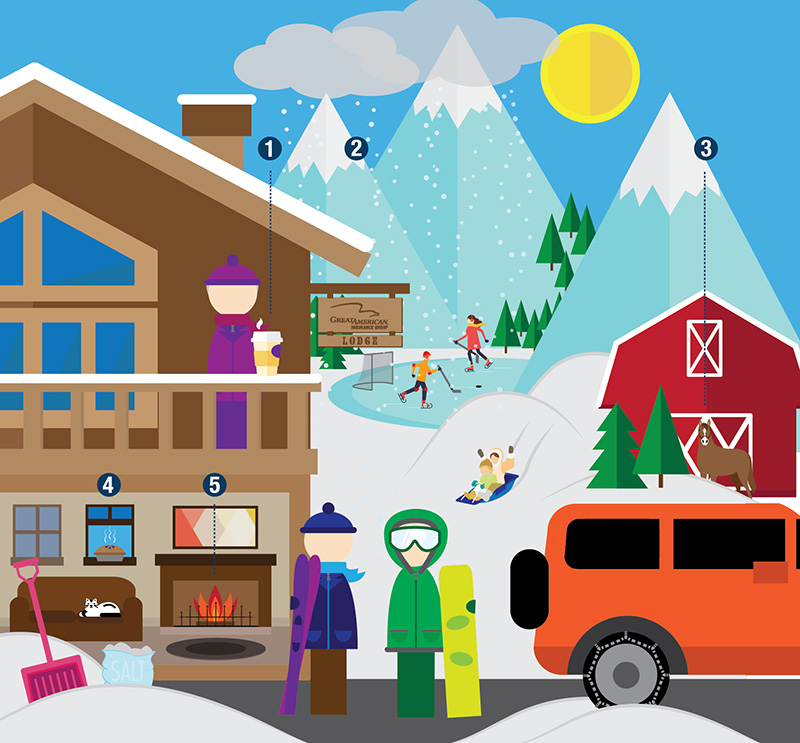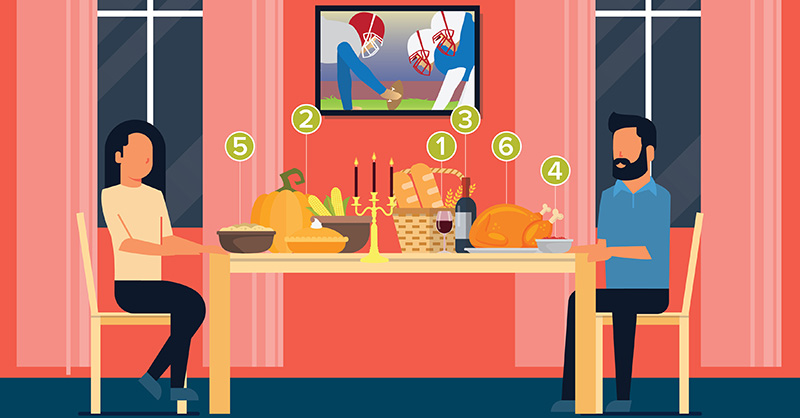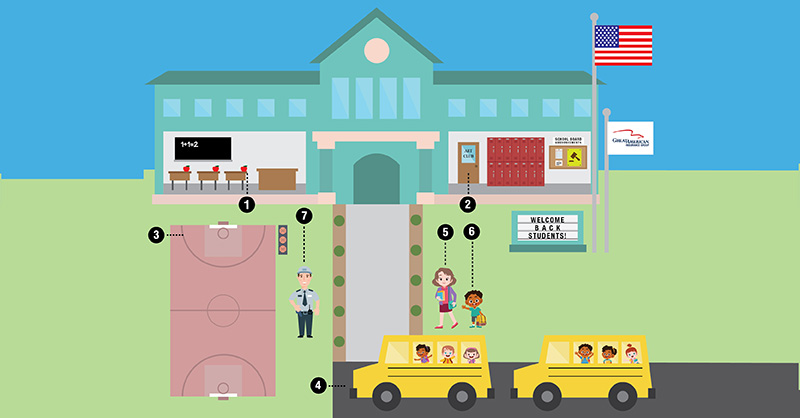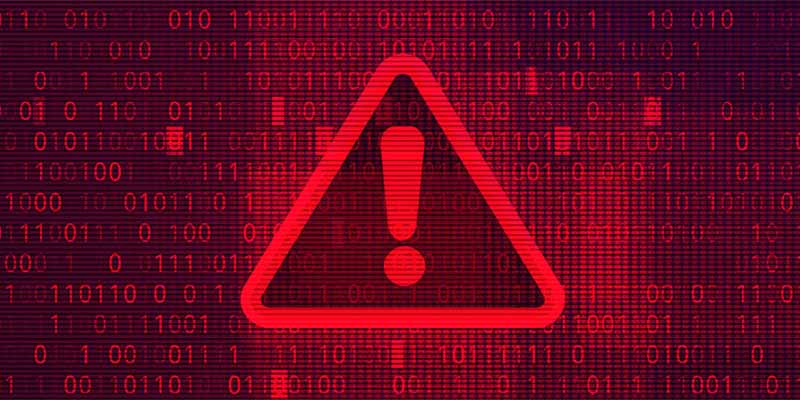Winterize Your Buildings
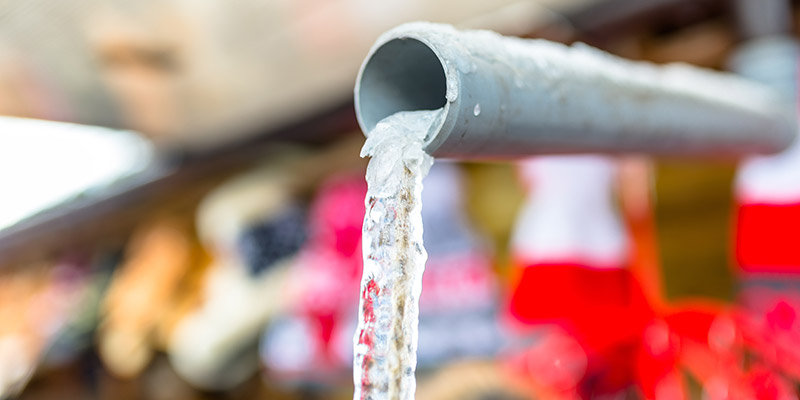
To prepare for winter weather, property owners should take the precautionary steps and procedures necessary to protect their property.
Recent winter seasons have been severe and have taught many lessons regarding loss trends and steps that can be taken to reduce future weather-related incidents to buildings.
Key loss sources have included the following:
- Heavy snow or ice accumulation on roofs, outdoor equipment, and power lines.
- Low temperature causing freezing of fire sprinkler and domestic water systems.
- Blocked roof drainage leading to water back up and building intrusion.
- Temporary heaters causing fires.
- Heating system failures.
- Building envelope failure.
To prepare for winter weather, property owners can take the following precautionary steps and procedures:
Pre-winter planning
- Prepare a comprehensive written, winter emergency plan that includes assigning key roles and duties.
- Include information in the plan on identifying key vendors and contractors.
- Perform Table Top Exercises with key personnel to walk through situations that could arise.
- Make arrangements for snow removal from roads, roofs, gates and hydrants. Have written contracts in place and collect certificates of insurance from contractors.
Protect the roof
- Evaluate roof snow load capacity. Be prepared to remove excess snow build up.
- Inspect the roof.
- Determine areas of potential snow accumulation.
- Look for areas of potential water ponding.
- Determine if an addition of roof top equipment could create areas that could trap snow or water.
- Investigate splitting, cracking, or deterioration of the roof covering and make necessary repairs prior to winter.
- Inspect the roof structure.
Look for: - Cracked or bent beams, joists or columns.
- Rusted or deteriorated beams, joists or columns.
- Rusted or deteriorated roof deck.
- Spalled concrete from roof deck, beams, joists or columns.
Protect the sprinkler systems
Wet Pipe Fire Sprinklers
- Set and maintain thermostat temperature to above 40°F.
- Install low temperature supervision on all non-operating or unoccupied buildings or have security or personnel check buildings on an hourly basis 24/7.
- Protect pipes from freezing when they are in unheated attics, concealed spaces or dead air spaces in walls.
- Ensure that the building shell is in good condition; close any unnecessary openings and make sure windows are closed.
- Install low temperature alarms in areas where heat is suspect.
- Check coldest points of building to ensure temperature is at least 40° (eaves), above overhead doors.
Dry Pipe Fire Sprinkler Systems
- Are the valve enclosures adequately heated and insulated?
- Is the valve air pressure and the heat within the enclosures checked daily through the winter?
- Have all low point drains been examined for condensate and drained as necessary?
- Does the sprinkler system have a central station alarm for water flow, pressure loss within the dry pipe system and low temperature within the enclosure?
- Have all anti-freeze systems been tested for proper solution strength?
Protect the pipes
- Install an automatic water shutoff device that turns off water supply when a leak is detected.
- Inspect weather stripping around doors and windows.
- Have furnace, chimney, HVAC system and water heater inspected.
- Consider installing roof load sensors, water leak detectors and remote temperature sensing technologies.
- Use thermography to determine water damage sources or heat loss.

For additional Loss Control guidance, please visit the Plan & Protect safety hub.


